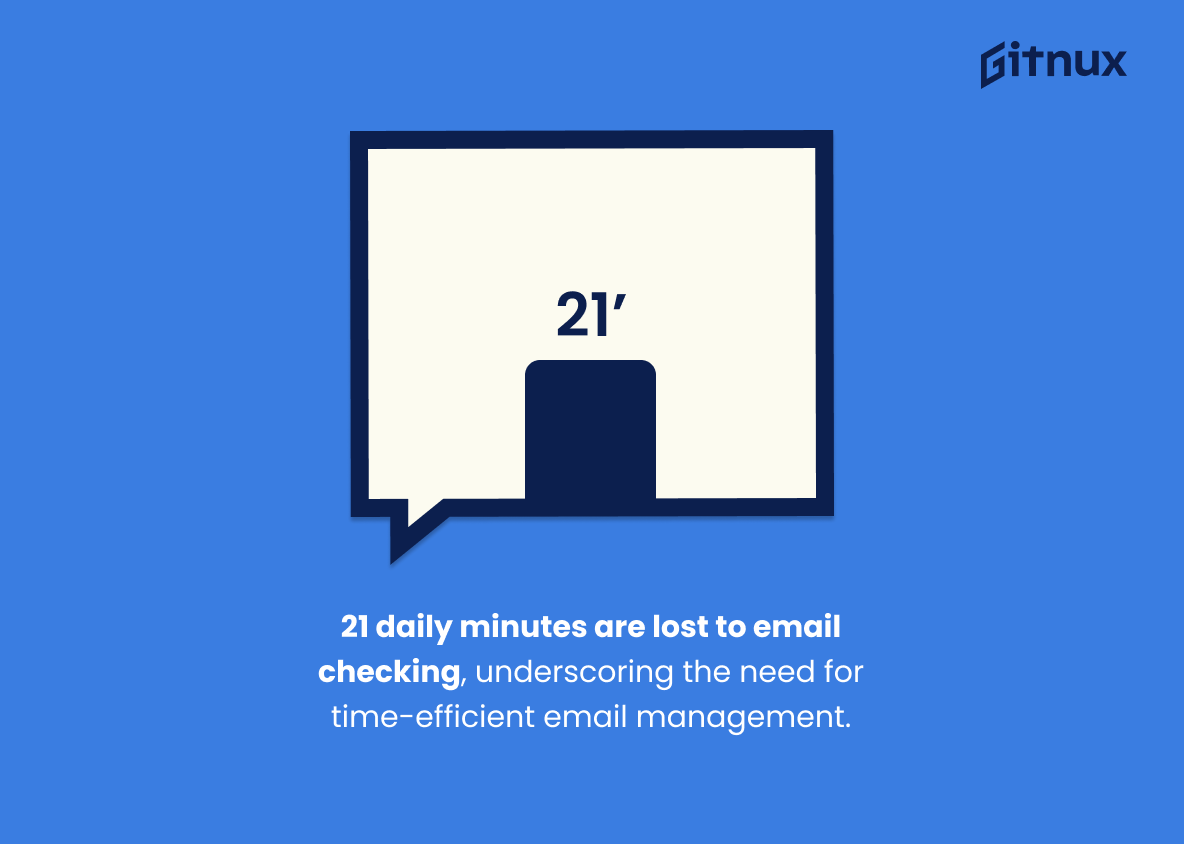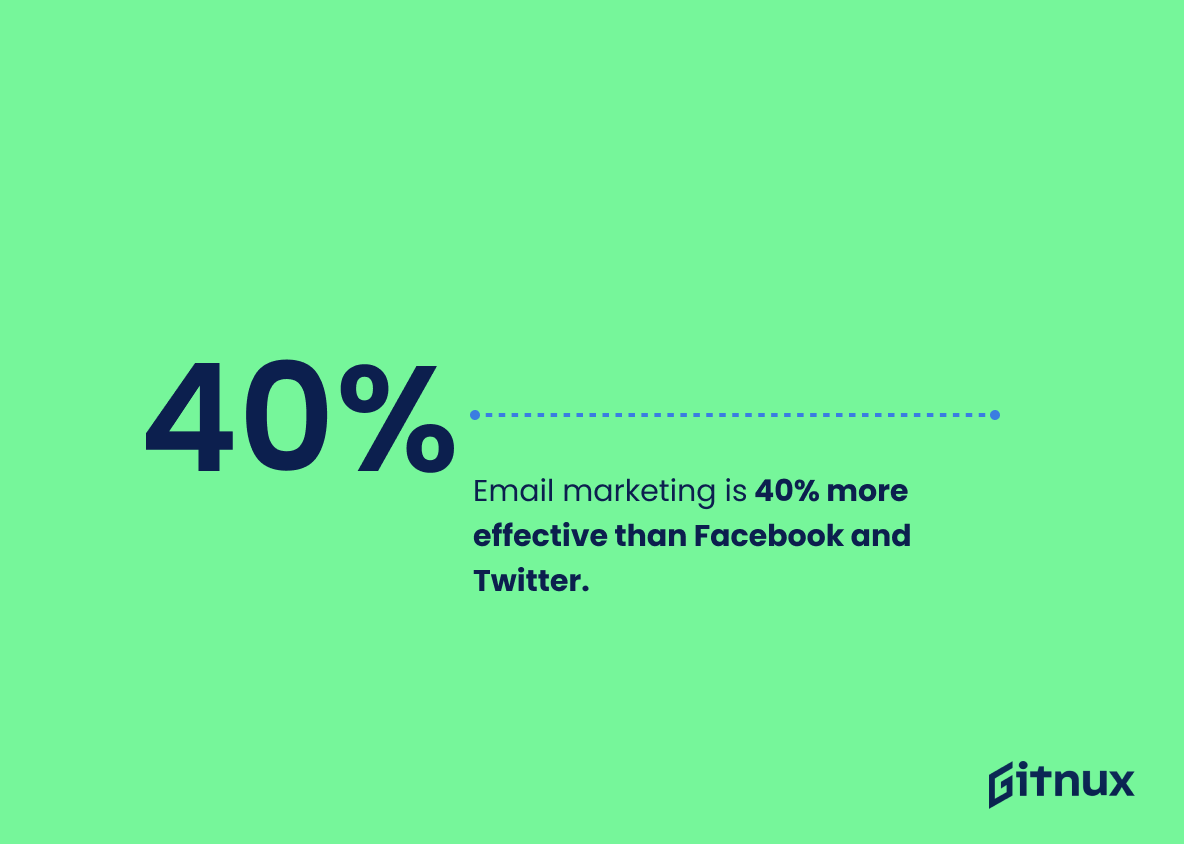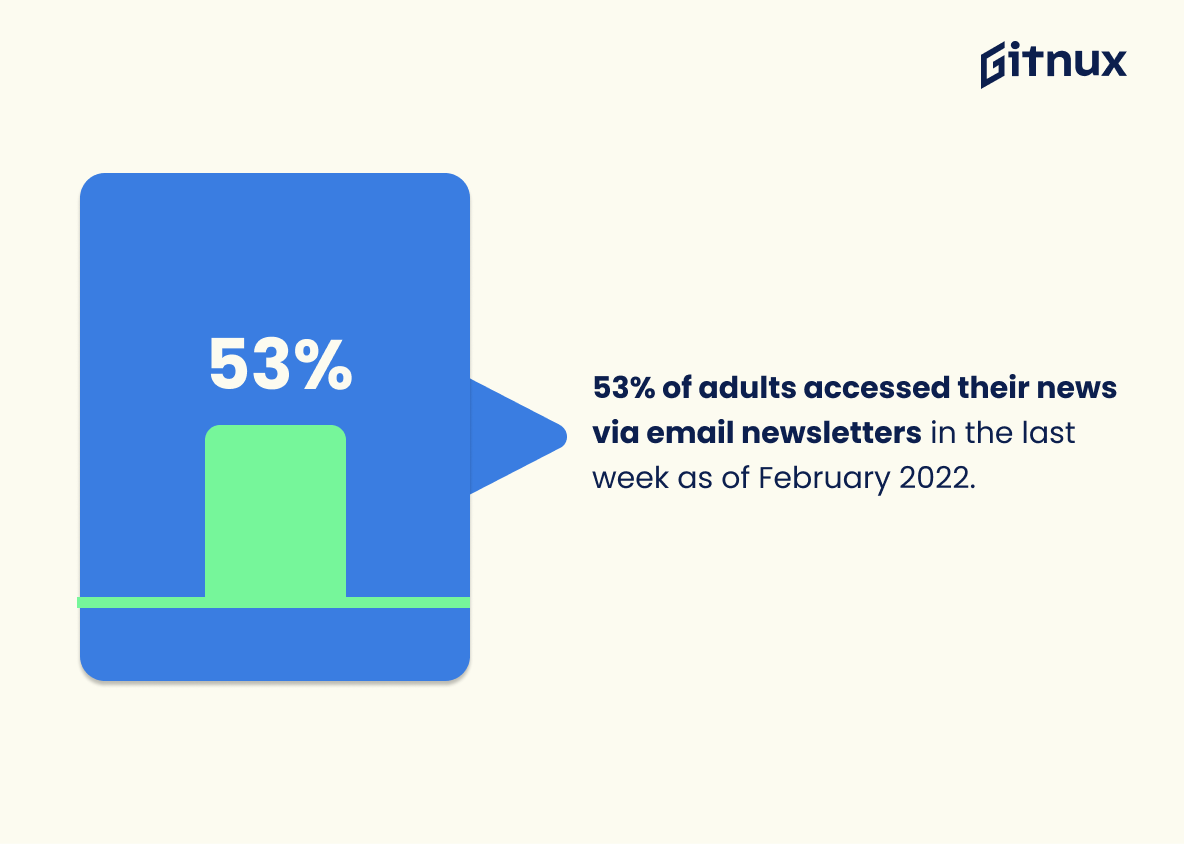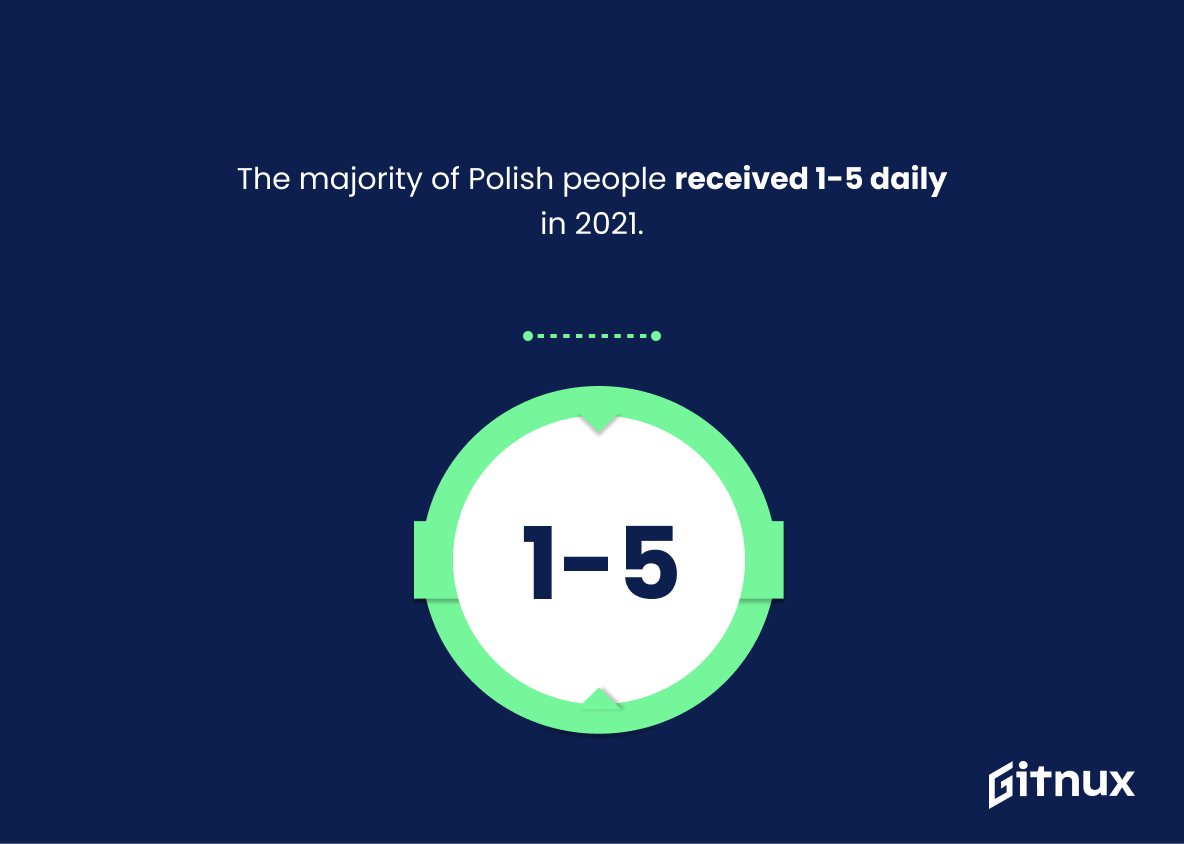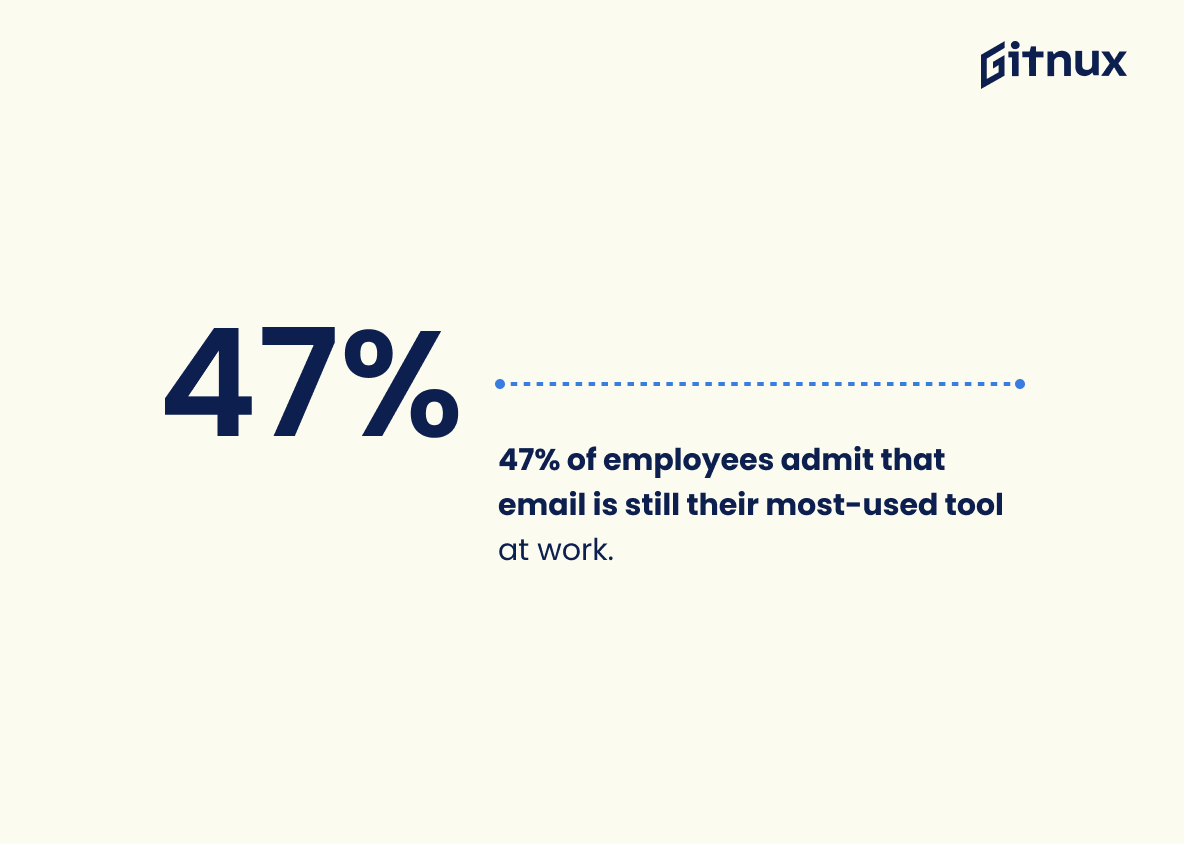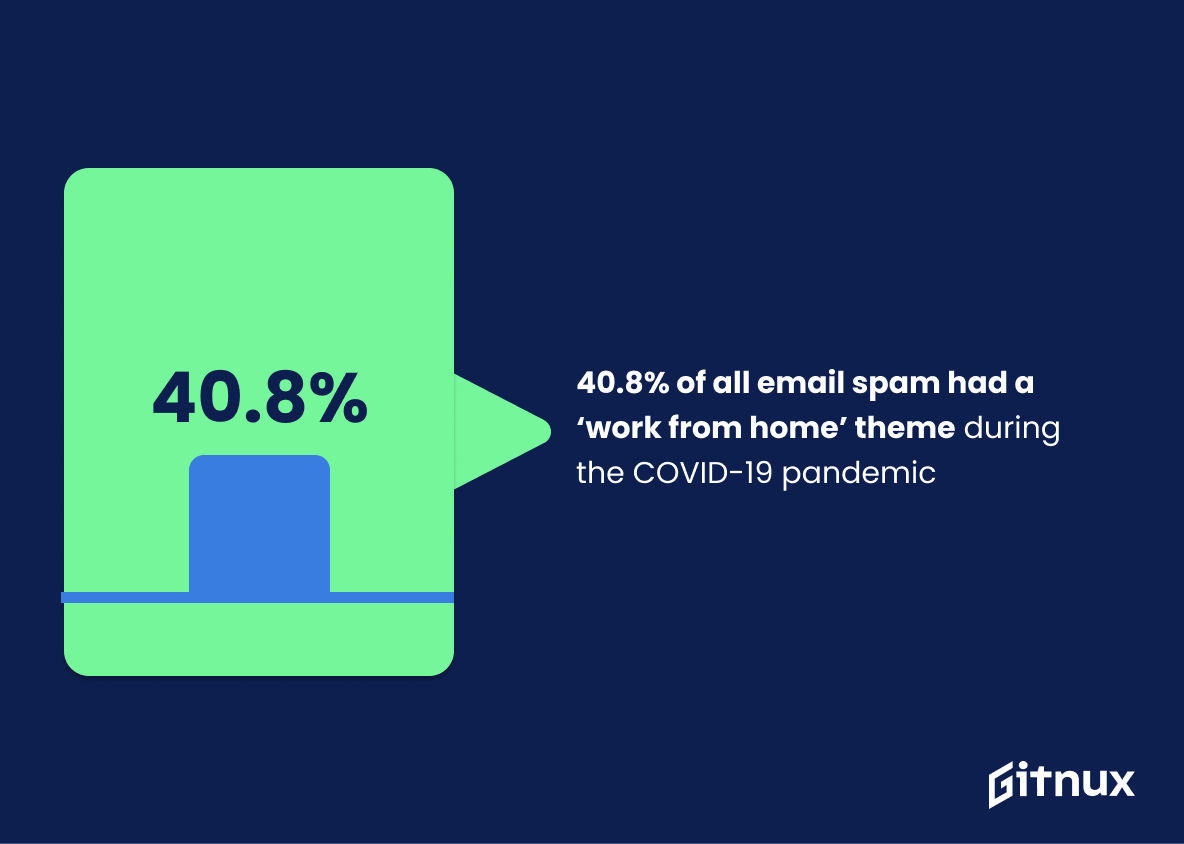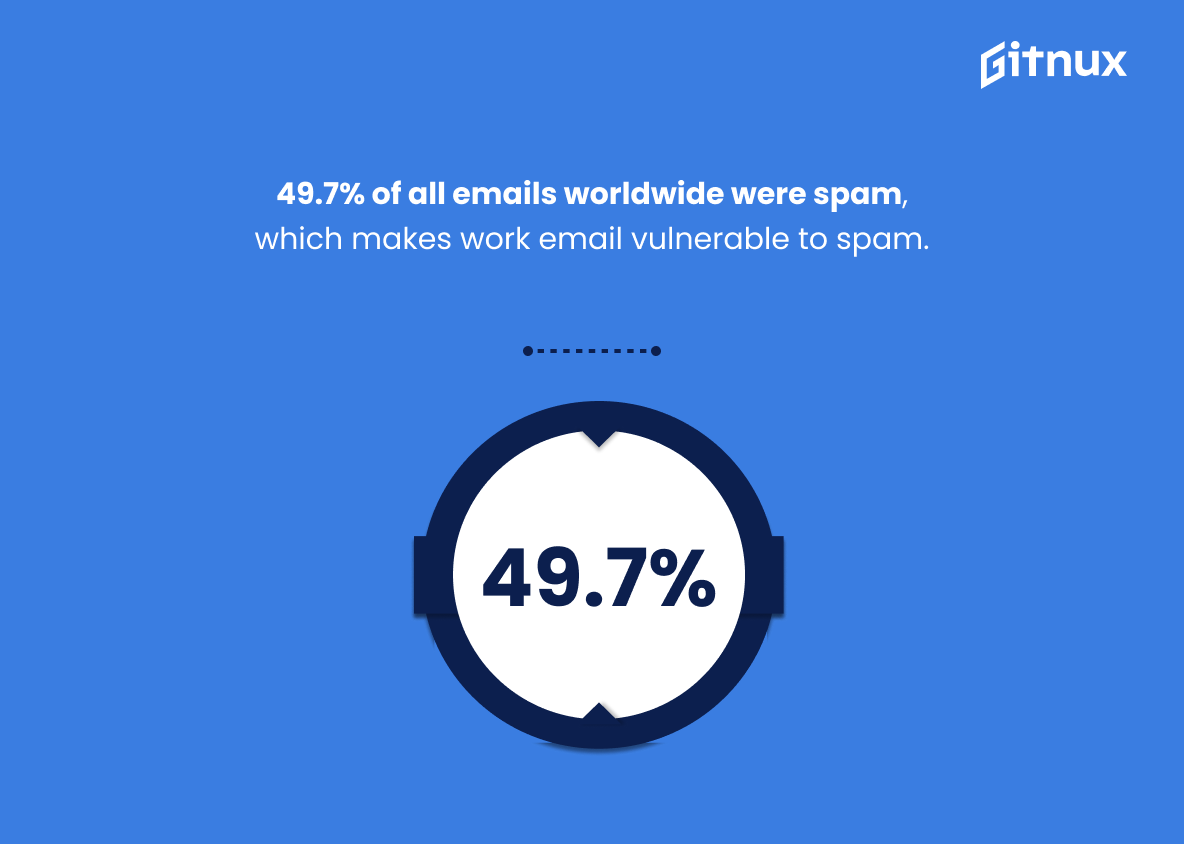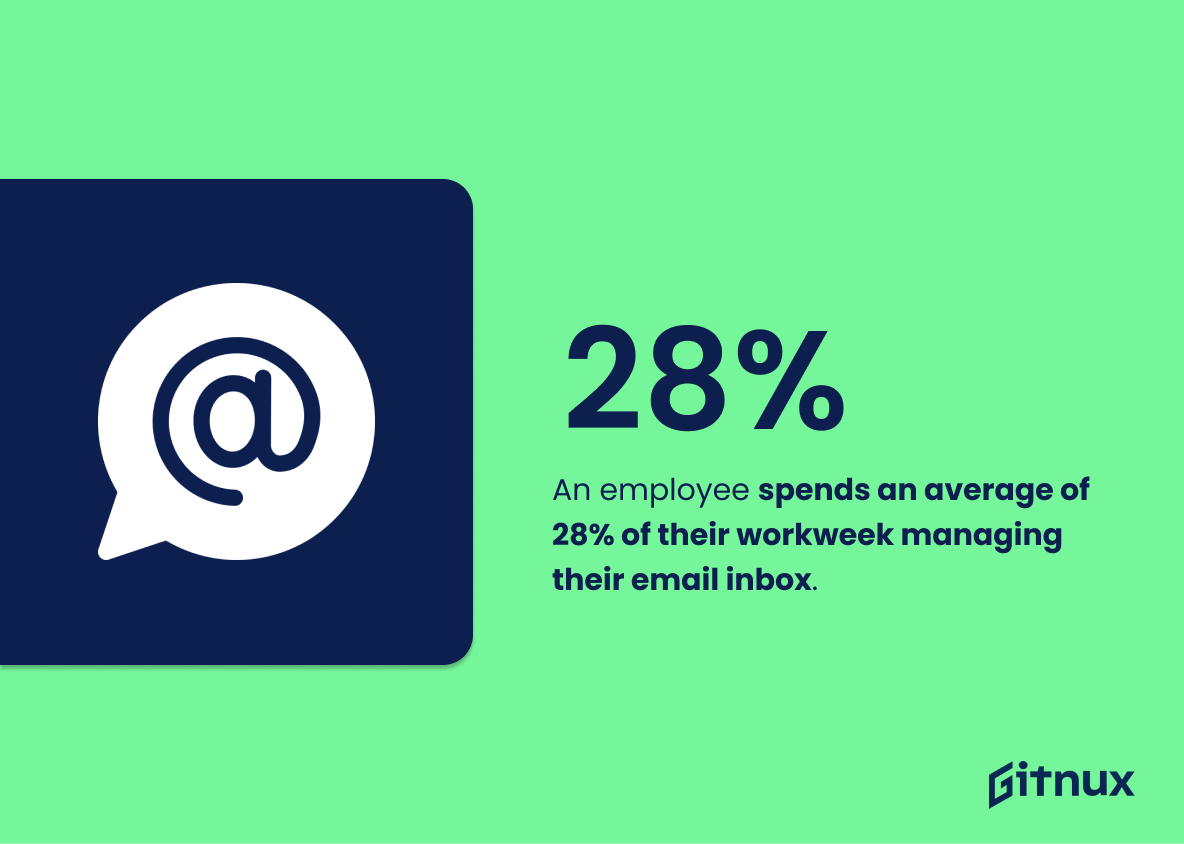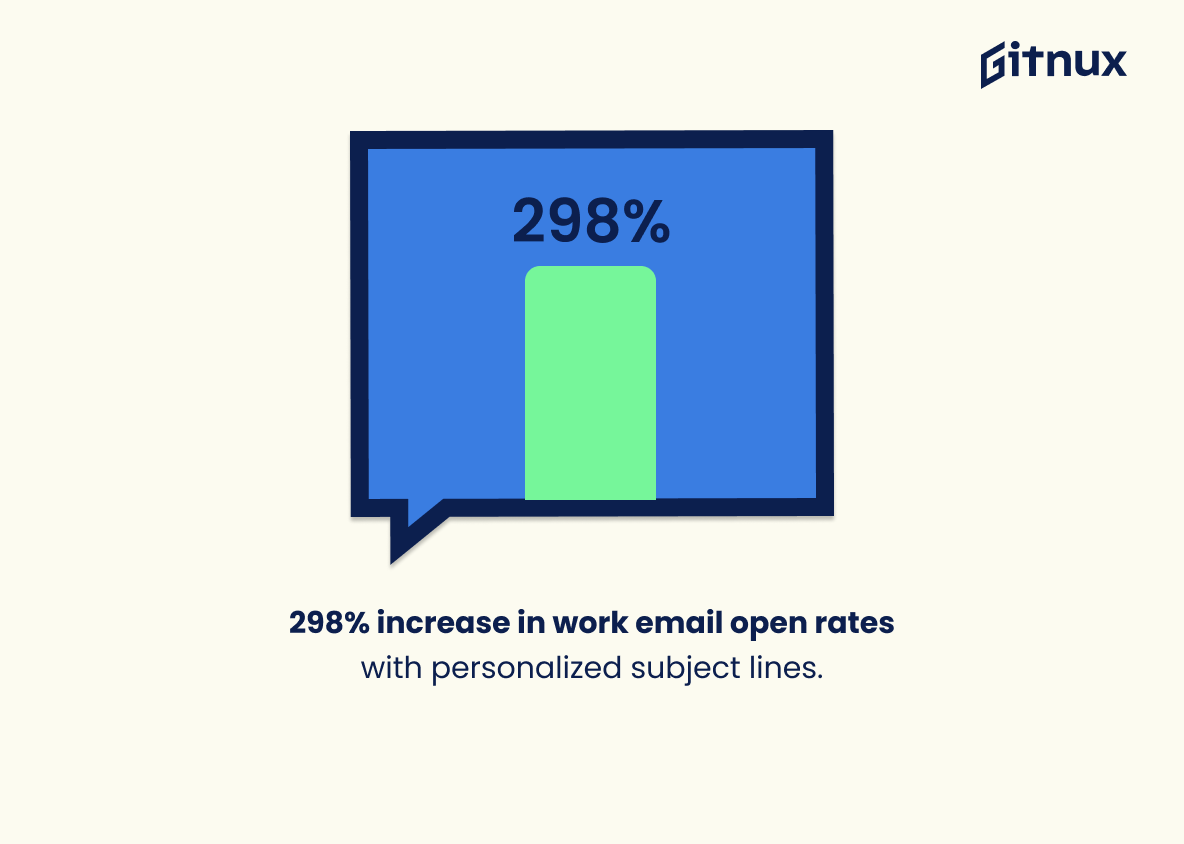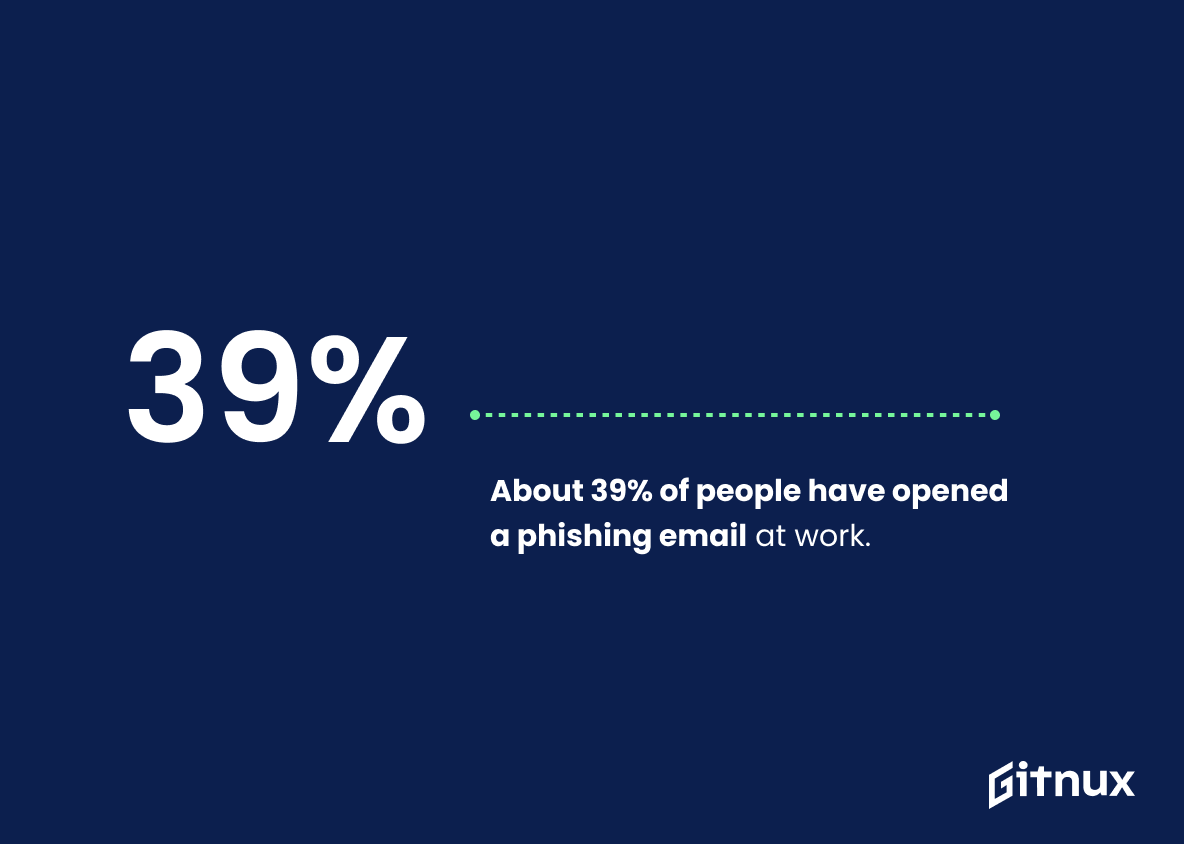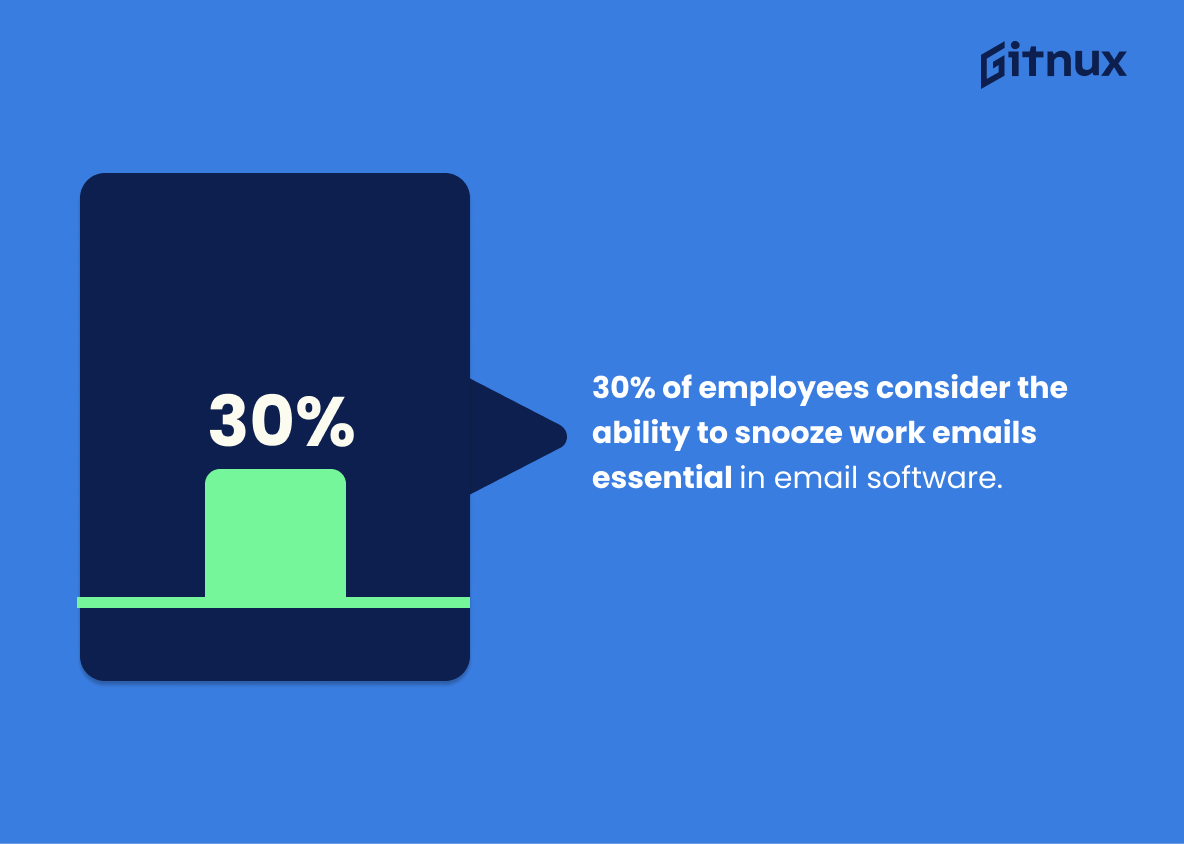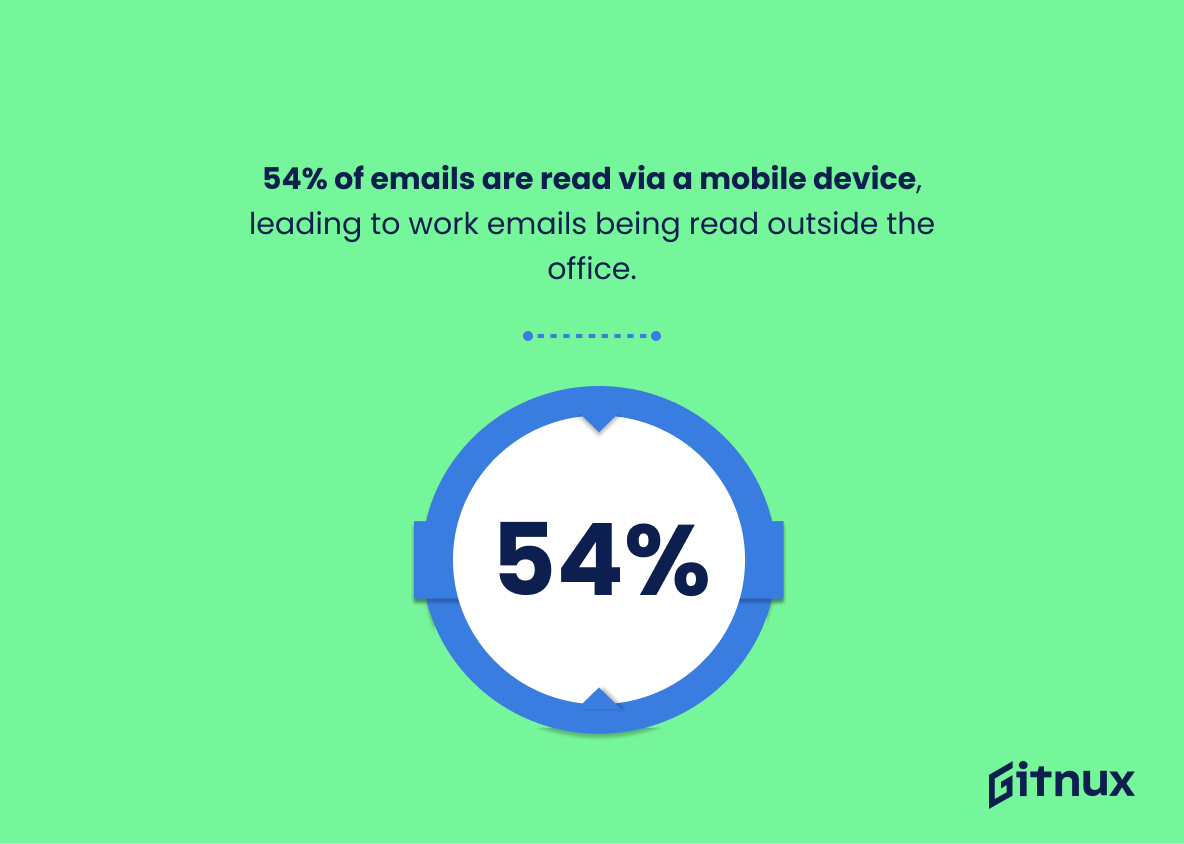Email is one of the most important tools for communication in the workplace. It’s used to communicate with colleagues, customers, and vendors, and it’s essential for keeping everyone on the same page. But how much of our workday is spent dealing with emails?
Are we spending too much time on email? In this blog post, we’ll take a look at some of the latest statistics on work email usage and discuss what they mean for businesses. We’ll also explore some strategies for managing email more efficiently and effectively. So, let’s dive in and explore the world of work email statistics.
Work Email: The Most Important Statistics
Organizations should use marketing personalization and send welcome emails to avoid email fatigue, as reports show that they do twice as well compared to non-segmented ones.
53% of adults accessed their news via email newsletters in the last week as of February 2022.
Work Email: Statistics Overview
The average office worker receives 121 emails per day. This statistic is important because it highlights the amount of emails that office workers receive on a daily basis.
This can be indicative of the amount of communication that is necessary to complete tasks and can also be used to measure the effectiveness of communication strategies within the office.
21 minutes per day are lost due to checking emails. This matters in the context of Work Email Statistics because it highlights the importance of managing time efficiently when it comes to checking emails.
It emphasizes the need to be mindful of how much time is spent on emails and to prioritize tasks that are more important and productive.
Automated emails are driving ecommerce sales growth. This matters in the context of Work Email Statistics because it shows the importance of using automated emails to engage customers and drive sales.
Automated emails can be used to reach potential customers, increase customer loyalty, and boost sales. By understanding the power of automated emails, businesses can use them to their advantage to increase sales and grow their businesses.
Email marketing is 40% more effective than Facebook and Twitter.
This statistic matters in the context of work email statistics because it shows that email marketing is a more effective marketing avenue than other popular social media platforms. This is important for businesses to consider when creating marketing strategies, as email marketing is more likely to reach the intended audience and generate more conversions.
Email fatigue is a major contributor to burnout and job dissatisfaction. Email fatigue is an important factor to consider when discussing work email statistics, as it can lead to decreased job satisfaction and employee burnout.
This can have a significant impact on an organization’s productivity and morale, as well as the overall health and wellbeing of its employees. By understanding the causes and effects of email fatigue, organizations can take steps to reduce its impact and create a healthier work environment.
Organizations should use marketing personalization and send welcome emails to avoid email fatigue, as reports show that they do twice as well compared to non-segmented ones.
This matters in the context of Work Email Statistics because it shows that personalization and segmentation are important in order to reduce email fatigue and increase engagement. By using personalization and segmentation, organizations can ensure that their emails are more effective and have a higher chance of being opened and read.
53% of adults accessed their news via email newsletters in the last week as of February 2022.
This statistic is important as it shows the growing trend of people using email newsletters to stay up to date with news. This highlights the importance of email as a communication tool and the potential for businesses to use email newsletters to reach their target audiences.
The majority of Polish people received 1-5 daily in 2021.
This statistic is important in the context of Work Email Statistics because it provides insight into how much time Polish people are spending on their work emails each day. It can help inform decisions about how to manage email use in the workplace and how to allocate resources to ensure that employees are productive and efficient.
Email marketing click-through rates in the UK in 2021 were highest in the education sector (4.4%), followed by real estate, design, and construction activities (3.6%).
This statistic matters in the context of work email statistics because it shows the effectiveness of email marketing in different industries. It can be used to inform businesses in those industries of the potential success of their email campaigns, and to help them develop better strategies for reaching their target audiences.
The non-profit organization sector of hunger and poverty in the US had an e-mail open rate of 24% in 2020.
This statistic is important because it shows the effectiveness of e-mail marketing for non-profits in this sector. It can be used to inform future marketing strategies and help non-profits better target their audiences. Additionally, it can be used to compare the performance of e-mail marketing for non-profits in this sector to other sectors and organizations.
47% of employees admit that email is still their most-used tool at work.
Despite the emergence of other communication tools, email remains the go-to choice for many employees. This is an important point to consider when discussing work email statistics, as it provides insight into how email is used in the workplace.
40.8% of all email spam had a ‘work from home’ theme during the COVID-19 pandemic
A significant portion of email spam is now related to the idea of working from home, which has become a much more common practice due to the pandemic. This statistic is important to consider when discussing work email statistics, as it provides insight into the changing landscape of the workplace.
49.7% of all emails worldwide were spam, which makes work email vulnerable to spam.
With nearly half of all emails being spam, it is essential for businesses to take steps to protect their work emails from malicious content. This statistic highlights the importance of having a secure email system in place to protect against spam and other cyber threats.
An employee spends an average of 28% of their workweek managing their email inbox.
This peaks to the reality that a significant portion of the workweek is being spent on a task that may not be directly related to the job itself. This statistic is a powerful reminder of the importance of streamlining email management processes to ensure that employees are able to focus on the tasks that are most important to their job.
298% increase in work email open rates with personalized subject lines.
When subject lines are tailored to the recipient, they are more likely to open the email and engage with the content. This is an important insight for anyone looking to maximize the effectiveness of their work emails, as it demonstrates the value of taking the time to craft personalized subject lines.
About 39% of people have opened a phishing email at work.
This highlights the need for organizations to take proactive steps to protect their networks from malicious actors. By understanding the prevalence of phishing emails, organizations can better equip their employees to recognize and avoid them.
11 hours is the average amount of time a worker spends on email per week.
This provides insight into the amount of time that is being taken away from other tasks and activities, and can help to inform decisions about how to better manage email in the workplace.
30% of employees consider the ability to snooze work emails essential in email software.
A significant portion of employees value the ability to snooze emails, suggesting that this feature is a must-have for any email software. This statistic is an important piece of information for any blog post about work email statistics, as it provides insight into the preferences of employees when it comes to managing their work emails.
54% of emails are read via a mobile device, leading to work emails being read outside the office.
This shift in behavior has implications for how employers manage their workforce, as well as how they communicate with their employees. It is an important statistic to consider when discussing work email statistics.
86% of professionals prefer to communicate via email when talking for business purposes.
Email is the preferred method of communication for business purposes, and is a key tool for staying connected and productive. This statistic is especially relevant to a blog post about Work Email Statistics, as it provides insight into the current state of email usage in the workplace.
Conclusion
In conclusion, work emails are an important part of the modern workplace. They are used to communicate, collaborate, and keep track of projects and tasks.
The statistics show that the average worker sends and receives a large number of emails every day, and that the majority of emails are related to work. While emails can be a great tool for productivity, it is important to remember to take breaks and disconnect from work emails to maintain a healthy work-life balance.
References
1 – https://www.nexalearning.com/blog/bid/24544/six-startling-statistics-about-email-use
2 – https://hbr.org/2019/01/how-to-spend-way-less-time-on-email-every-day
3 – https://www.omnisend.com/blog/email-sms-push-marketing-statistics-h1-2022/
4 – https://snov.io/blog/email-marketing-statistics/
5 – https://www.forbes.com/sites/edwardsegal/2021/04/21/survey-finds-email-fatigue-could-lead-38-of-workers-to-quit-their-jobs/?sh=3af9367725d9
6 – https://www.digitalmarketer.com/blog/overcome-email-marketing-fatigue/
7 – https://www.statista.com/statistics/1328277/email-news-usage-by-outlet-worldwide/
8 – https://www.statista.com/statistics/1296831/poland-amount-of-e-mail-newsletters-received/
9 – https://www.statista.com/statistics/506372/click-through-rates-by-sector-in-the-uk/
10 – https://www.statista.com/statistics/272450/e-mail-open-rates-of-us-non-profit-organizations/
11 – https://www.forbes.com
12 – https://www.xerox.com
13 – https://smallbiztrends.com
14 – https://hubspot.com
15 – https://www.superoffice.com
16 – https://www.zdnet.com
17 – https://www.getresponse.com
18 – https://www.statista.com
19 – https://www.mckinsey.com
20 – https://us.norton.com
ZipDo, cited June 2023: Work Email Statistics

